Home>Gardening & Outdoor>Landscaping Ideas>How To Get Rid Of Old Grass And Plant New
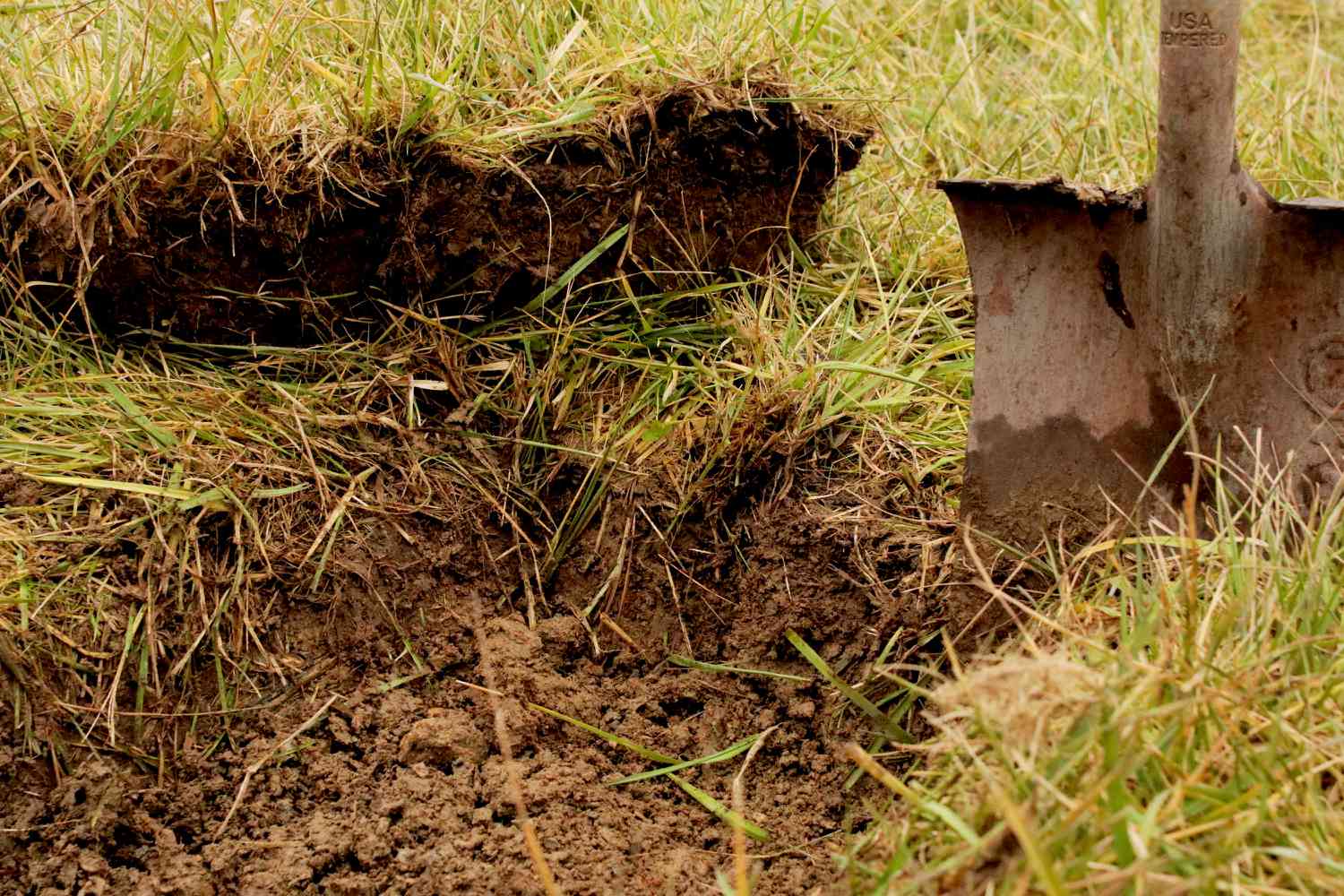

Landscaping Ideas
How To Get Rid Of Old Grass And Plant New
Modified: February 18, 2024
Learn how to remove old grass and revamp your landscape with new planting ideas. Get expert tips for landscaping and rejuvenating your outdoor space. Discover the best techniques for a stunning transformation.
(Many of the links in this article redirect to a specific reviewed product. Your purchase of these products through affiliate links helps to generate commission for Storables.com, at no extra cost. Learn more)
Introduction
Welcome to your guide on transforming your outdoor space by getting rid of old grass and planting new. Whether you’re looking to revitalize a lackluster lawn or create a brand-new landscape, this comprehensive resource will equip you with the knowledge and techniques to achieve your desired results. By following these steps, you’ll be able to bid farewell to tired, patchy grass and welcome lush, vibrant new growth.
Before diving into the process of removing old grass and planting new, it’s important to understand the condition of your current lawn, the steps involved in grass removal, soil preparation, the selection and planting of new grass, and the essential care required for the freshly planted area. Let’s embark on this transformative journey together, and soon you’ll be enjoying a stunning, rejuvenated outdoor space that enhances the beauty and value of your property.
Key Takeaways:
- Transform your outdoor space by replacing old grass with vibrant, new growth. Assess the condition, remove old grass, prepare the soil, choose the right grass, and provide attentive care for a stunning, revitalized landscape.
- Carefully evaluate, remove, and replace old grass to create a lush, healthy lawn. With proper maintenance and watering, your new grass will flourish, providing a picturesque backdrop for outdoor enjoyment.
Read more: How To Get Rid Of Old Patio Furniture
Assessing the Condition of Your Old Grass
Before embarking on the process of replacing your old grass with new, it’s crucial to assess the current condition of your lawn. This evaluation will help determine the most effective approach for achieving a successful transformation. Here are several key factors to consider when assessing your old grass:
- Overall Health: Take a close look at the health of your existing grass. Is it sparse, patchy, or overrun with weeds? Identifying the predominant issues will guide your decision-making process.
- Soil Quality: Assess the quality of the soil beneath the grass. Is it compacted, lacking in nutrients, or excessively moist? Understanding the soil conditions will influence the steps you need to take to prepare for new planting.
- Grass Type: Identify the type of grass currently in your lawn. Different grass species have varying maintenance requirements and aesthetic qualities. Understanding your existing grass type will help you select a suitable replacement.
- Drainage and Sunlight: Evaluate the drainage patterns and sunlight exposure in your yard. Areas with poor drainage or limited sunlight may require special attention during the new planting process.
By thoroughly assessing the condition of your old grass and its surrounding environment, you’ll gain valuable insights that will inform your approach to revitalizing your outdoor space. Armed with this knowledge, you’ll be well-prepared to move on to the next steps in the transformation process.
Removing the Old Grass
Once you’ve assessed the condition of your old grass and determined that its removal is necessary, it’s time to embark on the process of clearing the existing turf to make way for the new planting. There are several methods for removing old grass, each with its own advantages and considerations:
- Manual Removal: Using a sharp spade or turf cutter, manually cutting and lifting the old grass is a labor-intensive but effective method. This approach allows for precise removal and minimizes soil disturbance, making it suitable for smaller areas.
- Solarization: This eco-friendly method involves covering the existing grass with clear plastic to harness the sun’s heat, effectively killing the grass and weed seeds beneath. Solarization requires several weeks of sunlight exposure to be effective.
- Chemical Herbicides: Selective herbicides can be used to target and eliminate existing grass and weeds. It’s essential to carefully follow the product instructions and safety guidelines when using herbicides.
- Sod Cutter: A sod cutter machine can be rented to efficiently remove the old grass in larger areas. This method is less labor-intensive than manual removal and can expedite the clearing process.
Regardless of the method chosen, it’s important to thoroughly remove the old grass and its roots to create a clean and receptive foundation for the new planting. Once the old grass has been successfully cleared, the next step involves preparing the soil to ensure optimal conditions for the establishment of new grass.
By carefully considering the size of your lawn, the condition of the existing grass, and your preferred approach to removal, you can select the most suitable method for achieving a clean slate for your upcoming landscaping endeavors.
Preparing the Soil for New Planting
With the old grass successfully removed, the next crucial step in the transformation process is preparing the soil to create an ideal environment for the successful establishment of new grass. This preparation phase is essential for ensuring that the soil provides the necessary nutrients, aeration, and drainage for the healthy growth of your new lawn. Here’s a comprehensive guide to preparing the soil for new planting:
- Soil Testing: Before proceeding, consider conducting a soil test to assess its pH level and nutrient content. This valuable information will guide the application of soil amendments to optimize the growing conditions for your new grass.
- Aeration: If the soil is compacted, aeration can help improve its structure by facilitating the circulation of air, water, and nutrients. This can be achieved using a core aerator or by manually perforating the soil with a garden fork.
- Adding Organic Matter: Incorporating organic matter such as compost or well-rotted manure can enhance the soil’s fertility and structure. Spread a layer of organic matter over the prepared area and gently work it into the soil to promote a healthy growing environment.
- Leveling and Raking: Ensure the soil surface is level and free of debris. Raking the soil will help distribute organic matter and create a smooth, even surface for planting.
- Applying Starter Fertilizer: Consider applying a high-phosphorus starter fertilizer to promote strong root development in the newly planted grass. Follow the product instructions for the appropriate application rate and method.
By meticulously preparing the soil, you’ll create an optimal foundation for the successful establishment of your new grass. This proactive approach will contribute to the long-term health and vibrancy of your revitalized lawn, setting the stage for a stunning outdoor landscape that enhances the beauty of your property.
Use a sod cutter or tiller to remove old grass. Amend the soil with compost. Plant new grass seeds or lay sod. Water regularly for healthy growth.
Choosing and Planting New Grass
With the soil meticulously prepared, it’s time to embark on the exciting process of selecting and planting new grass that will breathe fresh life into your outdoor space. Choosing the right grass variety and executing proper planting techniques are essential for ensuring a lush, vibrant lawn. Here’s a comprehensive guide to help you navigate the selection and planting of new grass:
- Grass Selection: Consider factors such as your local climate, sun exposure, and soil type when choosing a grass variety. Cool-season grasses like Kentucky bluegrass and fescue thrive in northern regions, while warm-season grasses such as Bermuda and Zoysia are well-suited to southern climates.
- Sowing Seeds or Laying Sod: Decide whether to sow grass seeds or install sod. Seeding is a cost-effective option suitable for larger areas, while sod provides an instant lawn and is ideal for smaller spaces or areas that require immediate coverage.
- Planting Techniques: Whether seeding or laying sod, ensure proper soil contact for the seeds or sod roots. Rake the soil to create a fine, level surface, and gently press the seeds or sod into the soil. Adequate watering is crucial to support germination and establishment.
- Watering and Establishment: After planting, maintain consistent soil moisture to support the establishment of the new grass. Water deeply and frequently, especially during the initial weeks when the grass is taking root.
- Maintenance: Follow specific maintenance guidelines for the grass variety you’ve chosen. This may include regular mowing, fertilization, and weed control to promote healthy growth and a lush, dense lawn.
By carefully selecting the appropriate grass variety and diligently executing the planting process, you’ll set the stage for a thriving, visually appealing lawn that enhances the overall aesthetic and value of your property. With proper care and maintenance, your new grass will flourish, providing a picturesque backdrop for outdoor enjoyment and relaxation.
Read more: How To Get Rid Of Old Refrigerator
Caring for Newly Planted Grass
After the exhilarating process of planting new grass, it’s essential to provide diligent care to ensure its successful establishment and long-term vitality. Proper maintenance and attention during the initial stages of growth will set the foundation for a lush, healthy lawn that enhances the beauty of your outdoor space. Here’s a comprehensive guide to caring for newly planted grass:
- Watering: Adequate and consistent watering is crucial for the initial establishment of new grass. Keep the soil consistently moist, but avoid overwatering, which can lead to shallow root development and susceptibility to disease.
- Mowing: Once the new grass reaches a height of approximately 3 inches, it’s time for the first mowing. Set the mower to a height that removes no more than one-third of the grass blade length, promoting healthy growth and resilience.
- Fertilization: Apply a high-quality, slow-release fertilizer to provide essential nutrients for the developing grass. Follow recommended application rates and timing based on the specific needs of your chosen grass variety.
- Weed Control: Monitor the newly planted area for weeds and address them promptly to prevent competition for resources and space. Selective herbicides or manual removal can be employed to manage weed growth without harming the newly established grass.
- Pest and Disease Management: Keep a watchful eye for signs of pests or diseases that may affect the new grass. Prompt identification and targeted treatment will help safeguard the health and vigor of your lawn.
By providing attentive care and adhering to proper maintenance practices, you’ll nurture the new grass to develop into a resilient, vibrant lawn that enhances the visual appeal and functionality of your outdoor environment. With time and consistent care, your new grass will flourish, creating a welcoming and picturesque setting for outdoor activities and relaxation.
Conclusion
Congratulations on embarking on the journey to transform your outdoor space by replacing old grass with vibrant, new growth. By meticulously assessing the condition of your old grass, removing it effectively, preparing the soil, selecting the right grass variety, and providing attentive care, you’ve taken significant steps toward creating a stunning and revitalized landscape. As you conclude this transformative process, it’s important to reflect on the progress made and the potential for a flourishing, vibrant lawn that enhances the beauty and value of your property.
Through careful evaluation, you’ve gained valuable insights into the specific needs of your outdoor space, allowing you to make informed decisions at each stage of the transformation. The attention to detail in soil preparation, grass selection, and planting techniques has set the stage for the successful establishment of new grass, ensuring a visually appealing and resilient lawn.
As you continue to care for your newly planted grass with diligence and patience, you’re nurturing the potential for a lush, healthy lawn that will serve as a picturesque backdrop for outdoor enjoyment and relaxation. The commitment to proper maintenance, watering, fertilization, and vigilant pest and weed control will contribute to the long-term vibrancy and beauty of your revitalized outdoor space.
With each passing season, your new grass will flourish, creating a welcoming and visually captivating environment for outdoor activities, gatherings, and moments of tranquility. The revitalized landscape will not only enhance the aesthetic appeal of your property but also provide a functional and inviting setting for a variety of outdoor pursuits.
As you witness the transformation of your outdoor space, take pride in the dedication and effort invested in nurturing the growth of your new grass. The lush, vibrant lawn that emerges will stand as a testament to your commitment to creating a visually stunning and inviting outdoor environment. Embrace the beauty of your revitalized landscape and savor the moments of tranquility and enjoyment it offers.
Frequently Asked Questions about How To Get Rid Of Old Grass And Plant New
Was this page helpful?
At Storables.com, we guarantee accurate and reliable information. Our content, validated by Expert Board Contributors, is crafted following stringent Editorial Policies. We're committed to providing you with well-researched, expert-backed insights for all your informational needs.
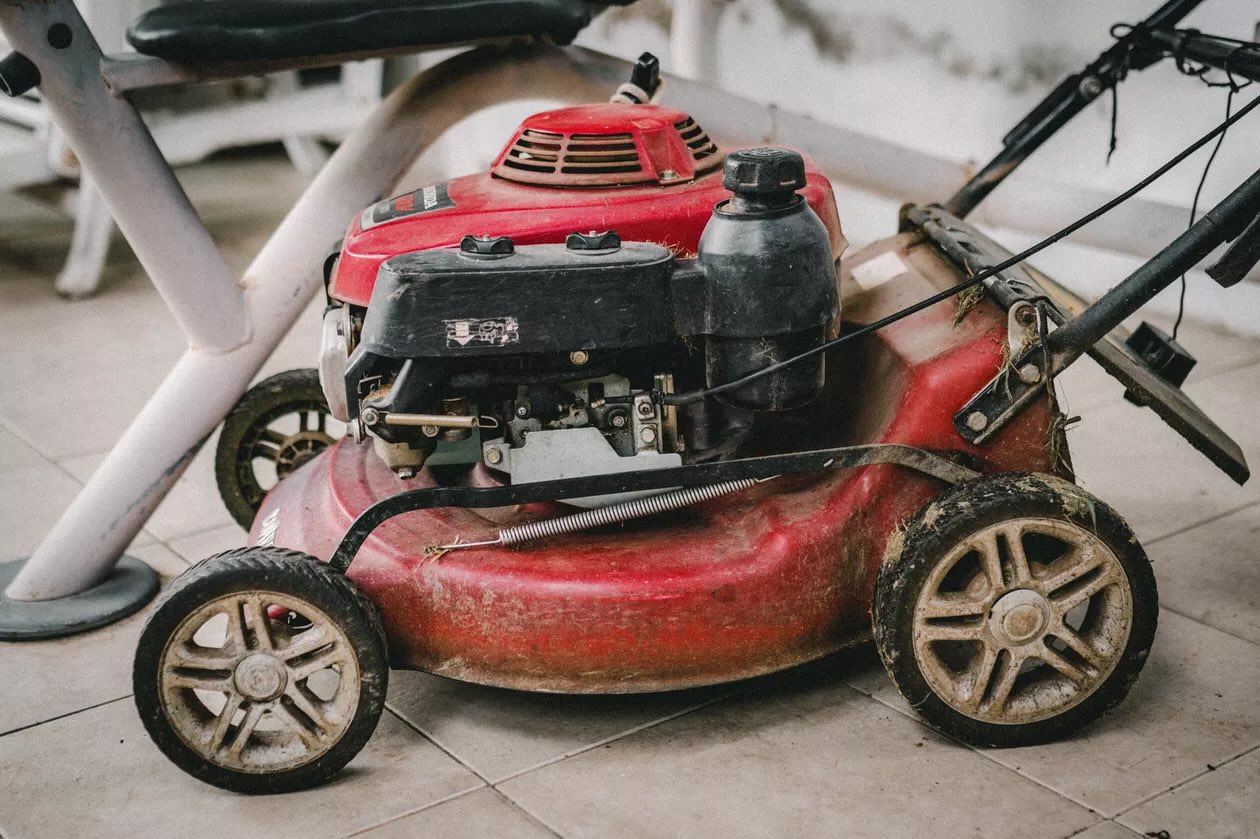
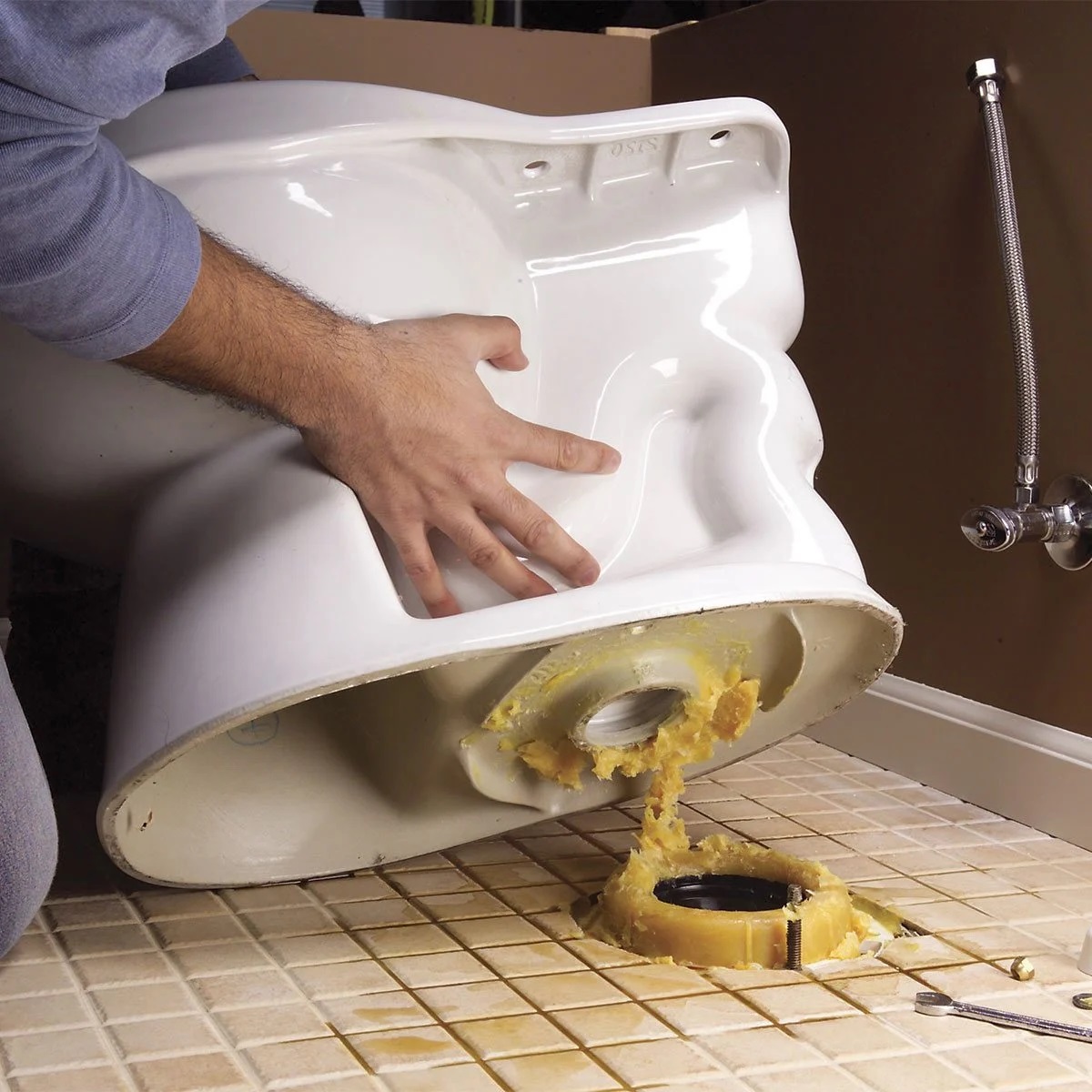









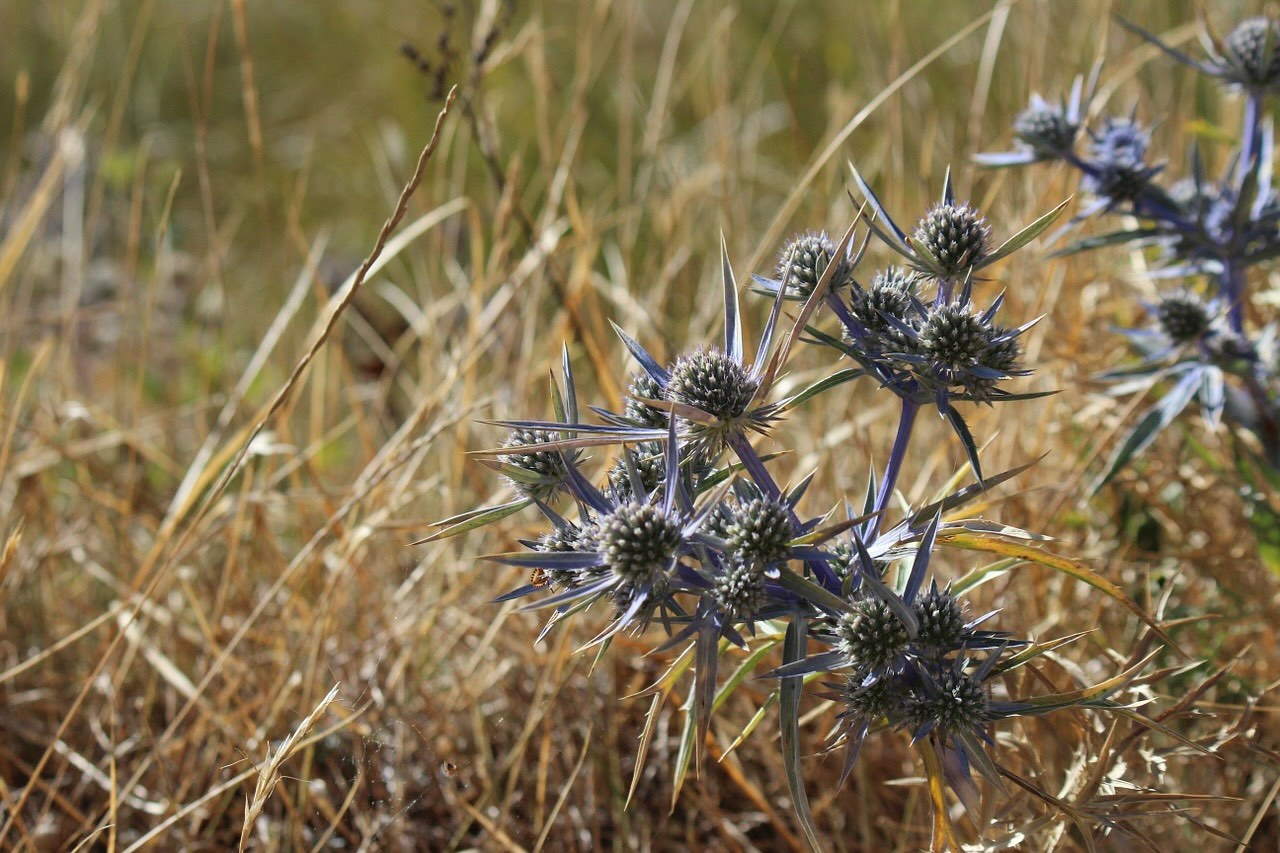
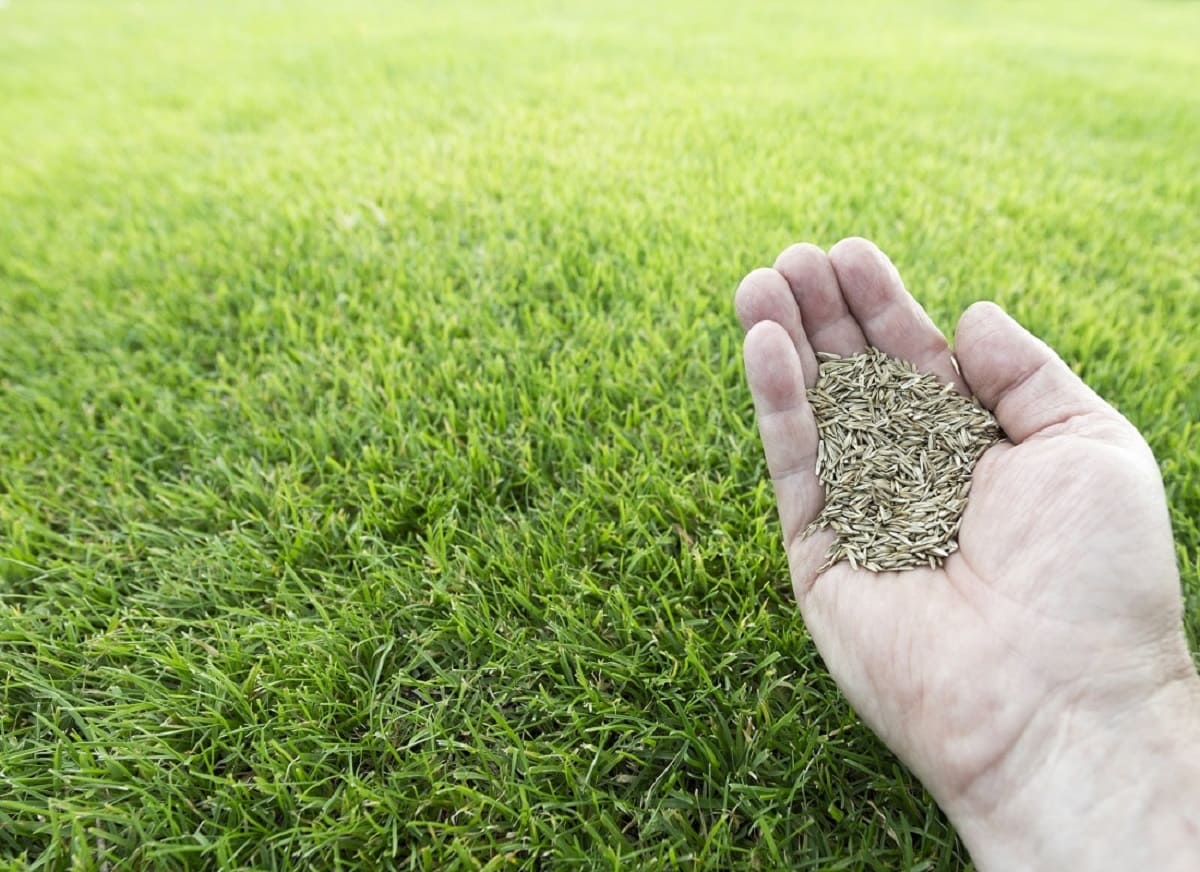


0 thoughts on “How To Get Rid Of Old Grass And Plant New”